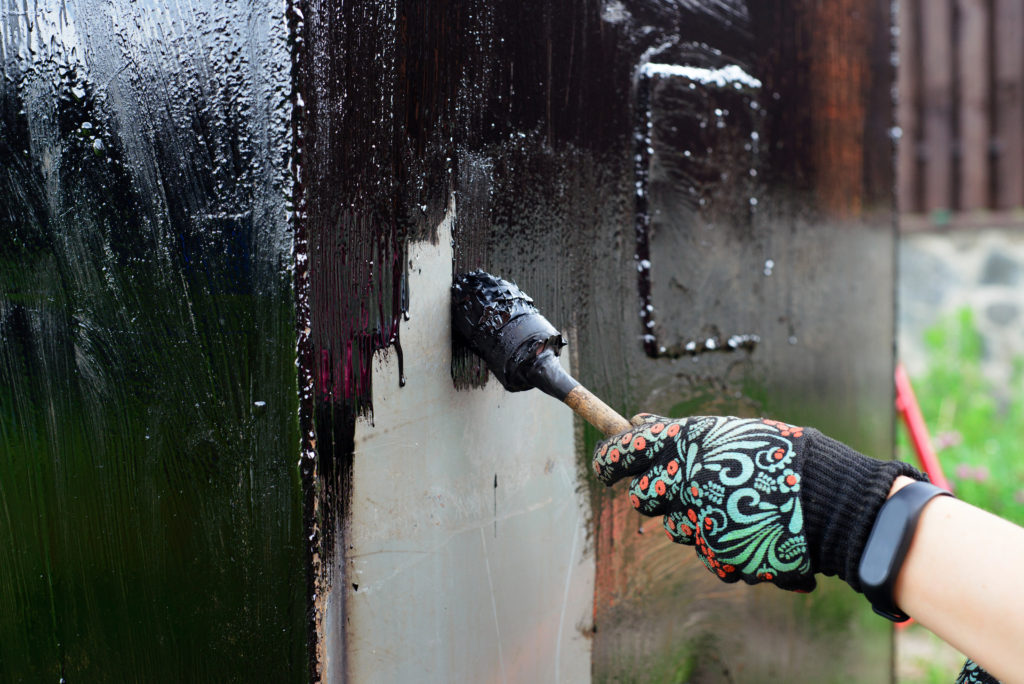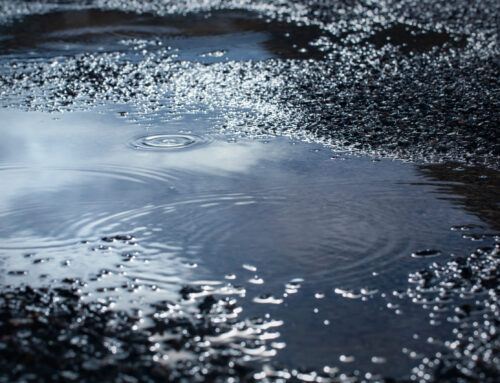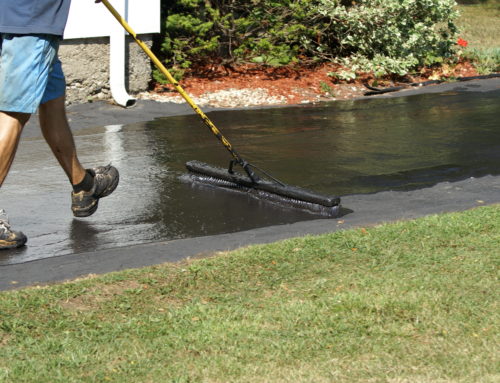Welcome back to the Sunrise Asphalt blog! We hope your fall holidays are going great and you are sharing that holiday cheer with your friends and family. This time on the blog we are going to talk about something a bit more fun! No How-Tos, best practice tips, or guides this time! Instead, we are talking about some of the uses of asphalt – some of them will surprise you! If you’re looking for more practical knowledge, we have a whole back catalog of useful posts so check those out!
Now, keep in mind, the asphalt we are discussing is natural asphalt (or bitumen). This is not the same thing as asphalt concrete, which is what our roads are made of. The combination of asphalt and rock aggregates makes up asphalt concrete – asphalt for short. No, instead we are talking about just the natural asphalt component.
Uses of Asphalt – The Old, The New, The Unexpected
Paint
Let’s start off with one of the older uses of asphalt, one that involves automobiles but not in the way you might think!
Back in the early 20th century, Henry Ford was generating the automobiles that would form the basis for American car culture for decades to come. His Model T was mass produced, meaning they were identical from one to the next, and so they needed standard parts, wheels, and even paint!
That paint, ‘Japan Black’ contained liquid asphalt! This paint was fast drying, making it a perfect fit for the mass production needed by Ford.
Cars aren’t the only thing benefiting from asphalt based paint! There is also a type of asphalt fence paint, traditionally applied to wooden farm fences to keep them lasting a long time. The asphalt paint is durable, waterproof, resistant to UV damage, and is fine to use above ground as well as below. All of this means those fences aren’t rotting out as fast as they used to!
Multiple Manufacturing Uses
Surprisingly enough, asphalt get’s used in automobile manufacturing in a number of ways. One that may surprise you is as a noise canceling compound!
The asphalt-based substance lines body parts like floor pans and exteriors, wherever noise can be generated and penetrate through into the cabin of the vehicle. The lining absorbs the vibrations and sounds generated on the road and prevents it from filling the occupants’ ears.
These asphalt linings can also be applied to prevent rust!
Ancient Asphalt
Asphalt to prevent rust? Waterproofing fences? That’s right, asphalt has a long history and it’s more than just for driving on! Natural asphalt was used at least as far back as 5000 BCE for waterproofing, as an adhesive, and more!
First Aid for Trees
Slathering up a tree with asphalt sure doesn’t seem like a healthy procedure for a plant to endure but the truth is, few things work better! A mixture of asphalt and latex creates a strong adhesive and protectant for plant and tree graftings. It seals the wounds (or cuts) safe from bacteria and pests that could cause the graft to fail. It can be used in either a liquid or paste compound, making it a key tool for gardeners, whether they are grafting new branches or treating damage from a storm.
Natural asphalt has plenty of uses out there, though 70% of it is for road construction, binding all that aggregate material together to create smooth, strong driving surfaces. That other 30% is mostly made up of waterproofing all sorts of things, and of course, as we now know, in soundproofing, painting, rust prevention and more!
Asphalt is truly a marvel of the natural world, one of the most useful compounds to be found, at least we think so. We hope you’ve found this article a fun read, meanwhile if you need a more traditional bit of asphalt work done, you know who to call. Happy Holidays from all of us here at Sunrise Asphalt!




